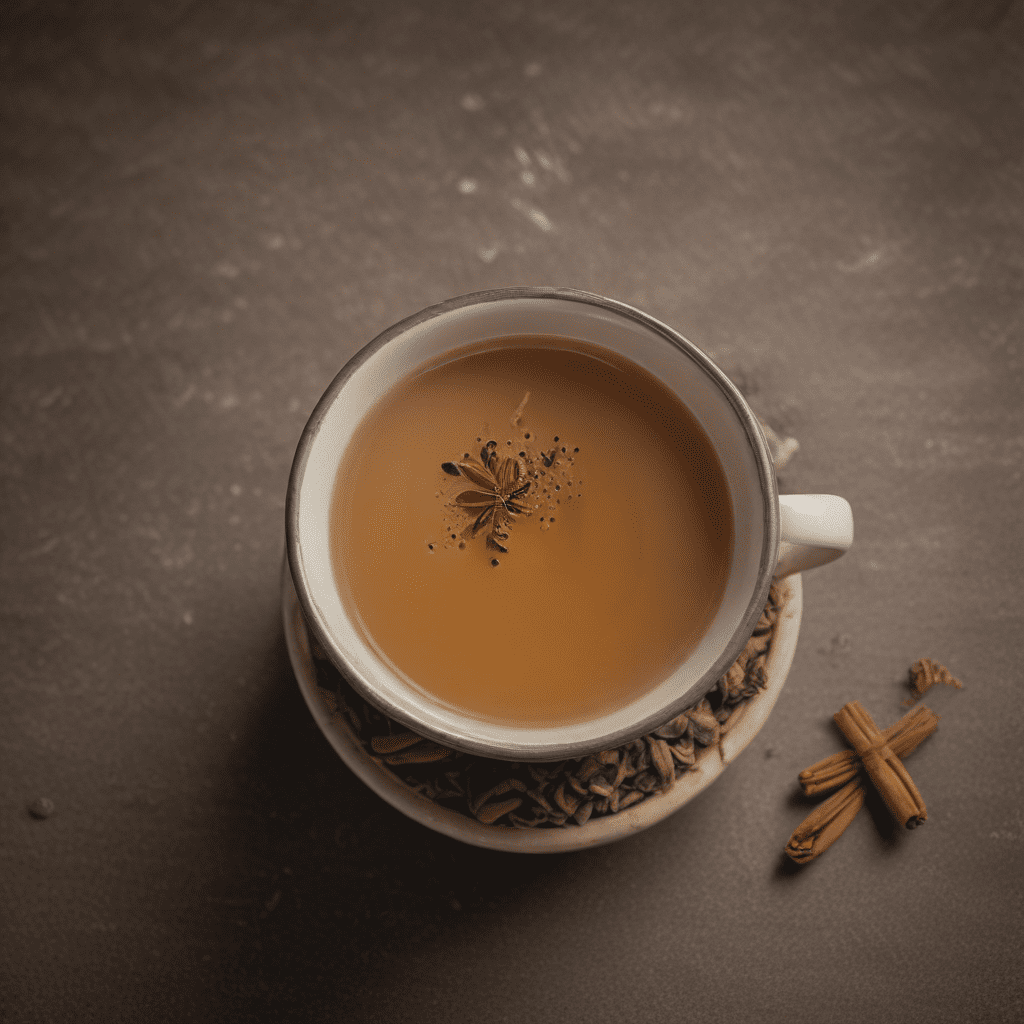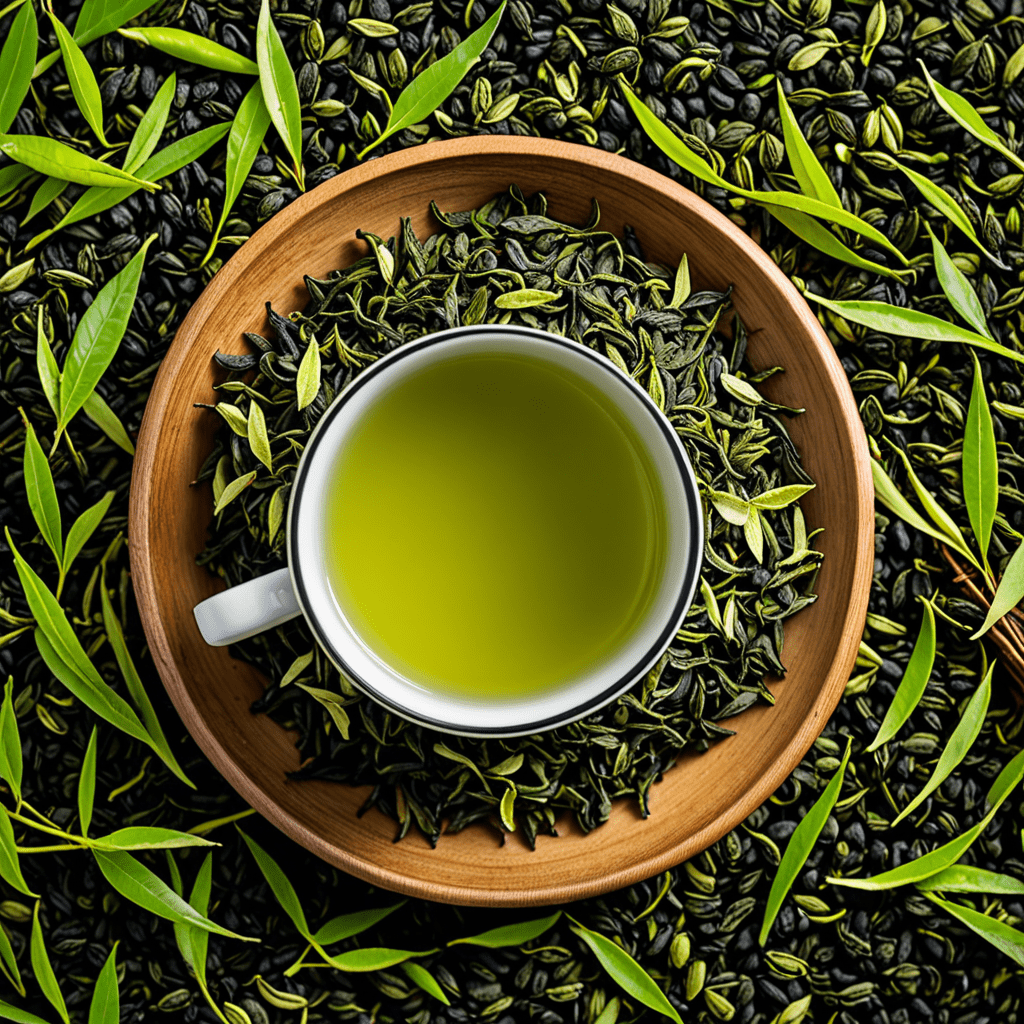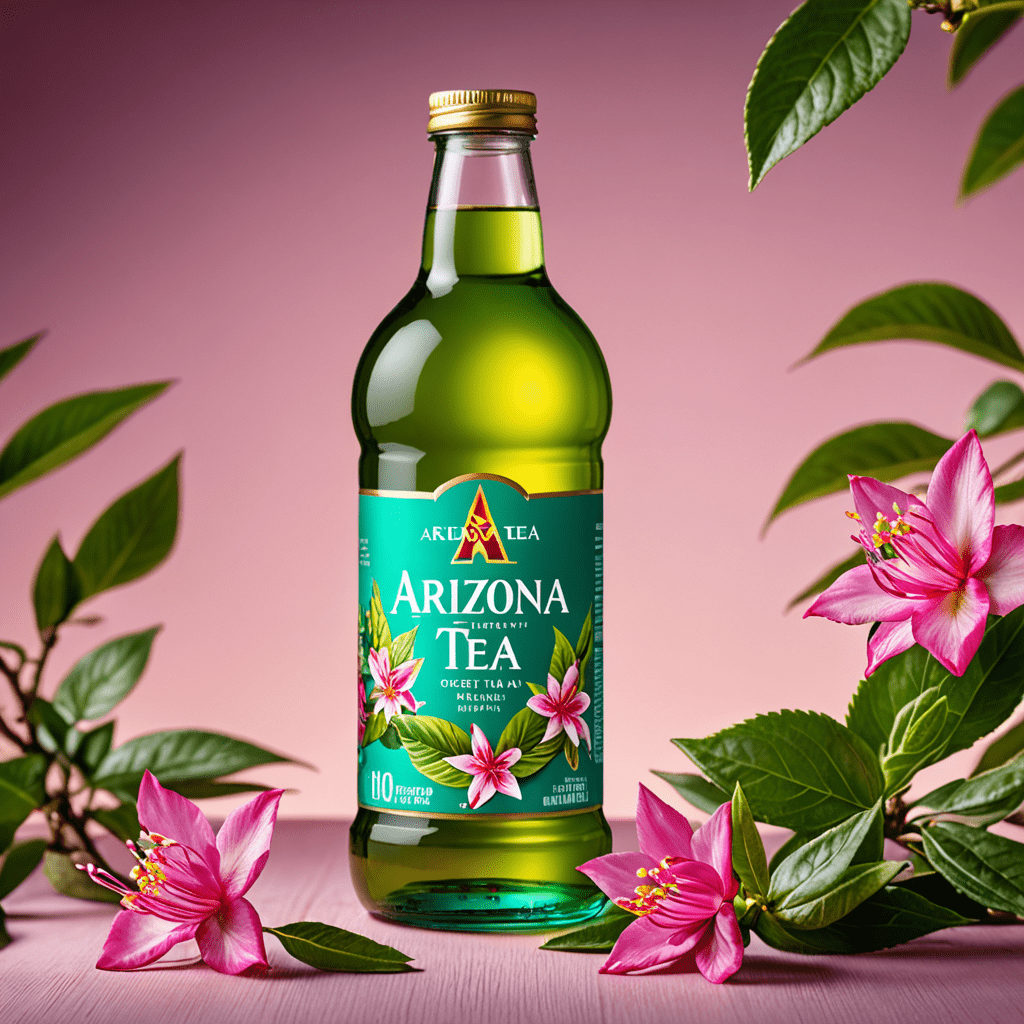
1. Introduction: Unveiling the Allure of Chai Tea
Chai tea, an aromatic beverage with a rich history steeped in tradition, has captivated taste buds worldwide. Its captivating blend of spices tantalizes the senses, offering a symphony of flavors that dance upon the palate. Originating from the bustling streets of India, chai has evolved into a global sensation, enjoyed by tea enthusiasts from diverse cultures.
2. Historical Roots: The Origins of Chai’s Aromatic Blend
The genesis of chai tea dates back centuries to India, where it was originally crafted as a medicinal concoction. Ayurvedic practitioners believed in the therapeutic qualities of spices, utilizing them to create concoctions intended to balance the mind and body. As trade flourished, these spice mixtures found their way into teacups, giving birth to the delectable beverage known as chai. The British Empire played a pivotal role in popularizing chai during its colonial rule in India, introducing it to the Western world.
3. The Essence of Spices: A Symphony of Flavors Unraveled
The soul of chai tea lies in its harmonious blend of aromatic spices. The most common ingredients include cinnamon, cardamom, ginger, cloves, and black pepper, which together create a symphony of flavors that warm, invigorate, and soothe. Cinnamon adds a sweet and spicy note, while cardamom lends an earthy and uplifting aroma. Ginger provides a zesty kick, cloves offer a hint of smokiness, and black pepper adds a subtle piquancy. Variations of chai may also incorporate star anise, nutmeg, or fennel, further enriching its aromatic profile.
4. The Art of Brewing: Unveiling the Secrets of Chai-Making
Brewing the perfect cup of chai is an art form that requires careful attention to detail. Traditionally, chai is prepared by simmering black tea leaves with a blend of spices in water or milk. The tea leaves, typically a strong black tea such as Assam or Darjeeling, provide a robust base for the spices to infuse their flavors. The spices are added whole or ground, releasing their aromatic oils as they steep, creating a rich and flavorful decoction.
5. The Health Elixir: Chai’s Potential Therapeutic Benefits
Beyond its tantalizing taste, chai tea holds the promise of potential health benefits. The spices used in its preparation have long been revered for their medicinal properties. Studies suggest that cinnamon may aid in blood sugar regulation, while cardamom supports digestion and ginger alleviates nausea. Black pepper, known for its anti-inflammatory properties, enhances the absorption of other nutrients. However, it's essential to note that more research is needed to fully understand the health effects of chai tea.
6. Beyond the Cup: Creative Culinary Uses of Chai
The versatility of chai tea extends beyond the realm of hot beverages. Its distinctive flavor profile makes it a captivating ingredient in various culinary creations. Chai can be used to infuse desserts, baked goods, and sweet or savory dishes with an exotic touch. From Chai-spiced cookies to aromatic tea cakes, the possibilities are endless. It can also be incorporated into marinades, sauces, and glazes, imparting a unique and flavorful twist to meats, vegetables, and seafood.
7. The Chai Culture: A Social and Cultural Exploration
Chai is deeply intertwined with the social fabric of many cultures, particularly in India and other South Asian countries. It is often served as a welcome drink, a gesture of hospitality, and a way to connect with others. Chai-making traditions vary regionally, with some preparing it on the street in large pots, while others brew it in smaller vessels within the home. Chai-drinking rituals offer an immersive experience into local livelihoods and customs.
8. Regional Variations: A Journey Through Chai’s Diverse Flavors
The landscape of chai tea is marked by a vibrant tapestry of regional variations. Each corner of India and beyond possesses its distinctive chai recipe, influenced by local preferences and traditions. The flavors can range from the fiery spice of Kashmiri Chai to the subtle nuances of South Indian Filter Coffee Chai. Exploring these diverse iterations offers a fascinating journey into the culinary nuances of different regions.
9. Pairing Perfection: The Ideal Accompaniments for Chai
To fully appreciate the multidimensional flavors of chai tea, thoughtful pairing is essential. Its robust character complements an assortment of sweet and savory treats. Traditional Indian accompaniments include samosas, pakoras, and jalebis, providing a symphony of textures and flavors. Chai also pairs wonderfully with biscuits, scones, or a slice of nutty banana bread, creating a harmonious balance.
10. Conclusion: A Timeless Indulgence that Enchants the Senses
Chai tea is an enduring testament to the power of spices and the art of tea-making. Its heartwarming blend of flavors has captivated taste buds for centuries, inviting us on a journey of sensory indulgence. From its humble origins to its modern-day iterations, chai continues to enchant senses and bring people together. Whether enjoyed in its classic form or explored through innovative culinary creations, the allure of chai remains timeless, a testament to its ability to soothe, invigorate, and captivate.
FAQs on Chai Tea
1. What is the difference between chai tea and regular tea?
Chai tea is a spiced tea made by brewing black tea with a blend of spices, while regular tea refers to unspiced tea made by brewing tea leaves in hot water.
2. What are the most common spices used in chai tea?
Cinnamon, cardamom, ginger, cloves, and black pepper are the most common spices used in chai tea.
3. How can I make chai tea at home?
To make chai tea at home, simmer black tea leaves with a blend of spices in water or milk until the desired strength is reached.
4. Are there any health benefits to drinking chai tea?
Some research suggests that the spices used in chai tea may have potential health benefits, such as improved digestion, reduced inflammation, and blood sugar regulation. However, more research is needed to fully understand these effects.
5. How do I store chai tea?
Store chai tea in an airtight container in a cool, dry place. Whole spices can be stored for up to six months, while ground spices have a shorter shelf life of around three months.


